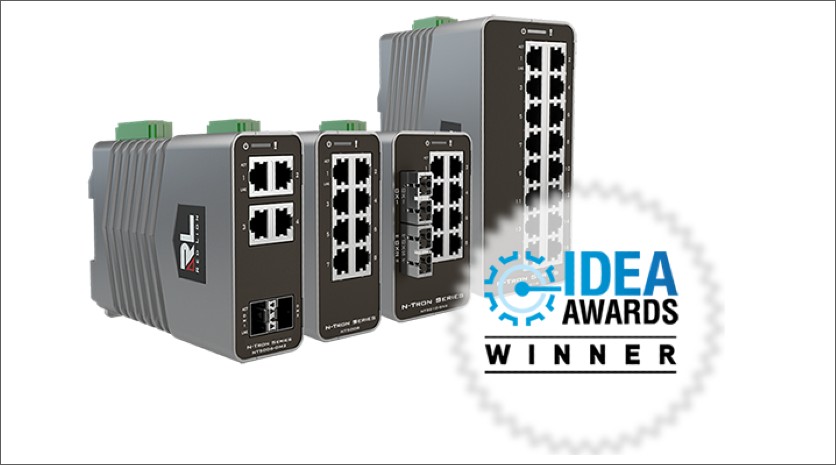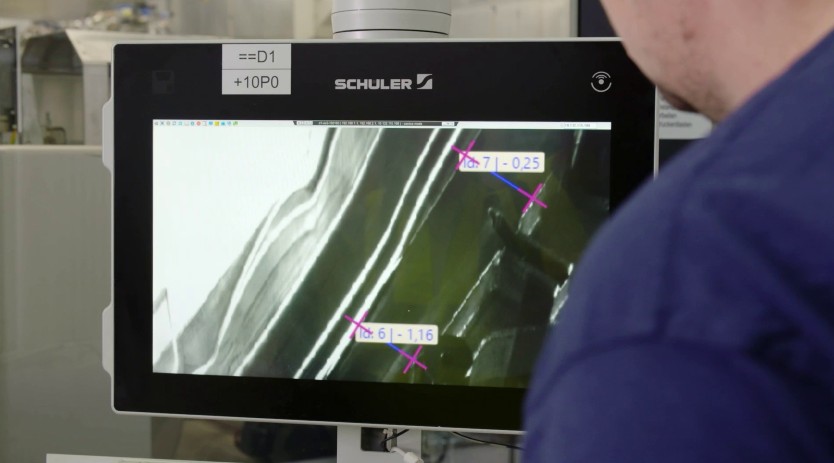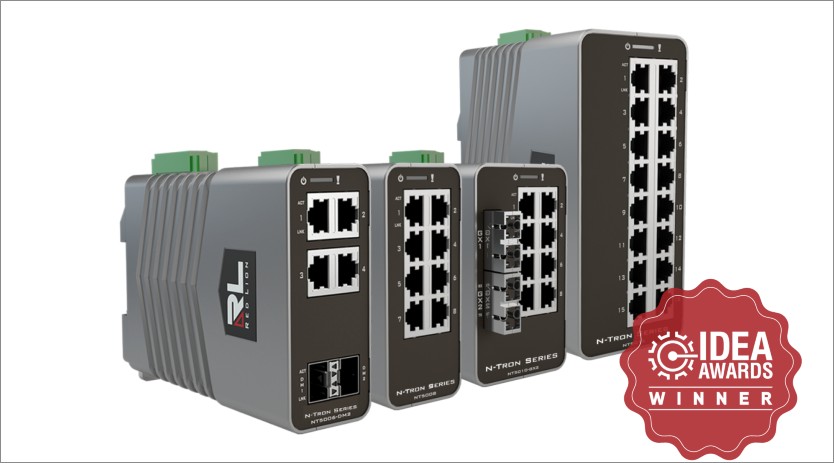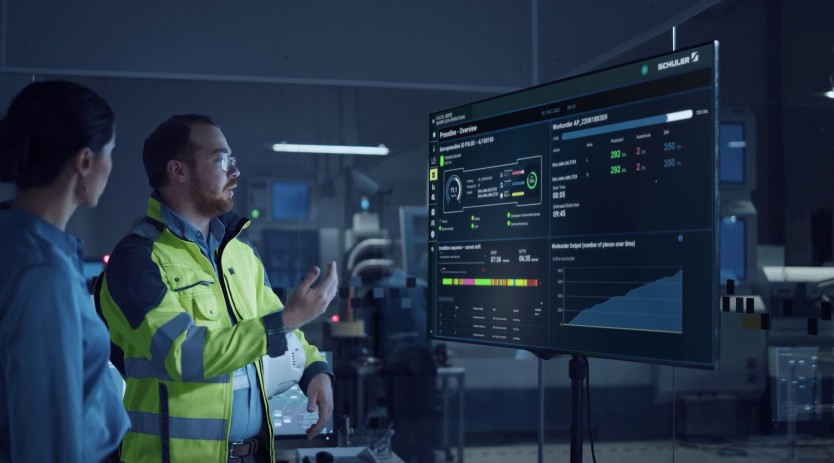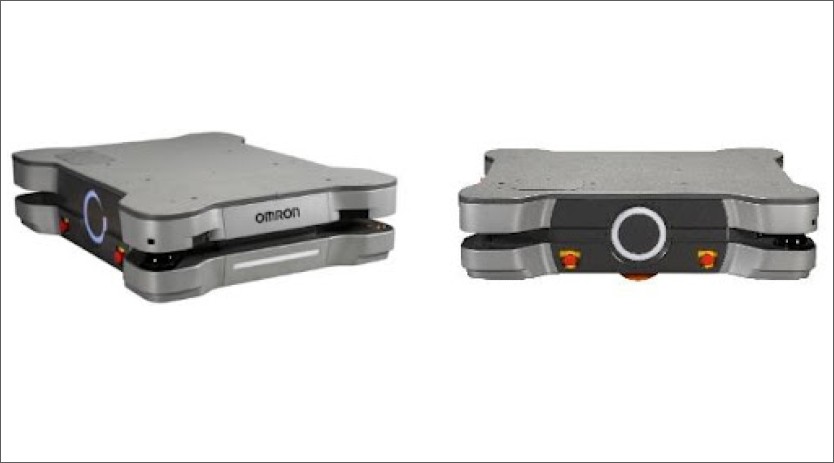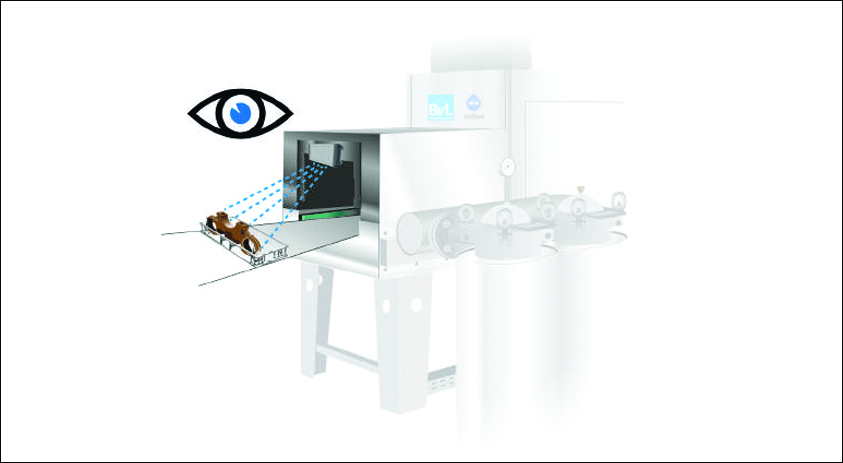Dimensional control in shipbuilding with 3D measurement technology
November 25, 2015 5:31 pm
In shipbuilding, what used to be a straightforward process of nailing planks to a wooden frame has evolved to become a sophisticated process that involves precise engineering and assembly of hundreds of different parts in a specific configuration
The foundation of successful shipbuilding lies in accurate arrangement of parts, and all components used must be verified against design specifications to ensure a proper fit. A typical ship is made up of many structural elements and consists of more than a hundred different components. The seamless installation and assembly of all components is critical. In order to achieve this, it is necessary for the shipbuilders to keep the measurements, shapes, and positions of each component to exact specification in accordance with the ship’s design. Any deviation in dimensions can cause problems during the assembly process, impacting the overall quality and performance of the ship, and compromising on its sea worthiness. In cases of minor misalignment, reworks and repairs are usually possible, although this will require manufacturers to invest additional resources into correcting the problem. This, in turn, leads to increased labour cost, time, production downtime, and even loss of business.
Apart from the potential loss of productivity due to problems with misaligned components, deviations in measurements during shipbuilding can lead to more serious consequences. A major component of a ship’s structure is in its hull, which is the main contributing factor in maintaining buoyancy. If the misalignment is not detected in time, before a ship is allowed to set sail, issues with stability, hull stress, and other possible damages may occur. In serious instances, flooding may occur during the voyage, which could lead to disrupted journeys, damaged goods (in the case of cargo ships), or a maritime disaster with casualties.
For the above reasons, it is evident that dimensional control is an important aspect of modern shipbuilding.
Modern metrology solutionsA common challenge shipbuilders face in the course of their work lies in having to take measurements of the ship components. The sizes of these components are usually large and that makes it hard to measure them properly with traditional instruments and hand tools (e.g. gauges, micrometers, and calipers).With these tools, there are concerns with the consistency and reliability of the measurements, as the readings are obtained manually and are largely dependent on the technician’s experience and skill. The subsequent report generation also requires a tremendous amount of time and effort to prepare, given that measurements still need to be analysed and processed manually before the reports can be drafted.
With the advancement of technology and development of modern measurement techniques, large part measurement that used to be challenging can now be overcome with portable 3D measurement and documentation solutions like laser trackers and laser scanners. These sophisticated devices provide a fast and accurate way to inspect ship parts and components during boat construction, allowing users to install components directly and accurately on to the ship. The solutions also enable users to digitise hulls and capture as-built documentation to enable repair or restoration.
This next segment consists a brief illustration of how these solutions work.
Non-contact 3D laser scanner solutions3D laser scanners are designed to acquire large volumes of data at high speeds, creating high-fidelity virtual copies of reality in millimetre-accuracy in a few minutes. Users who require a non-contact form of measurement — when an object of interest cannot be touched during measurement — will also find laser scanners useful. Some instances include objects at extreme temperatures, objects of extreme plasticity or malleability, or objects of large scale with hard-to-reach areas (i.e. steel plates and structural components in ship hulls). This makes laser scanners particularly useful for 3D documentation purposes, and the raw data collected can be rendered into 3D models with the use of appropriate software.
Current models of 3D laser scanners offer long range scanning capabilities, high resolution coloured images, and precise measurements all rolled into one. Some may offer ergonomic designs, portability, wireless connectivity, better workflow, or ease of use. One such laser scanner that combines all these benefits into a small, compact ‘package’ for users is the FARO Laser Scanner Focus 3D.
Fundamentally, the Focus3D makes use of phase shift measurement technology to measure distance. The scanner projects a beam of infrared light of varying lengths, which is reflected back to the device upon contact with an object. Using the distance measurements and the device’s rotational angle data from its angle encoders, the device calculates the object’s Cartesian coordinates in space.
Laser tracker solutionsThe laser tracker is one of the most common portable coordinate measurement machines (CMM) devices available today that allow operators to measure the physical geometrical characteristics of an object with ease and accuracy. Designed to handle larger working volumes, laser trackers like the FARO Laser Tracker Vantage offer extremely accurate measurements over long ranges. It does so by sending a laser beam to a retro-reflective target, which has to be held against the object being measured. The return beam re-enters the laser tracker where the distance to the target can be determined using interferometry or phase shift analysis (also known as Absolute Distance Meter [ADM]). Using the two angle (horizontal and vertical) measurements and distance determined by the laser, the laser tracker can report the coordinate location of the target probe to extremely high accuracy levels. In a nutshell, a laser tracker establishes the precise location of a target in spherical space by measuring two angles and a distance, each time it takes a measurement.
In addition, the laser tracker can follow or track the target probe as it moves in real time. This unique feature, coupled with the laser tracker’s ability to internally sampling rate of up to 16,000 times per second, enables the user to digitise data on complex surfaces or measure the location of moving objects. Modern laser trackers offer impressive measurement ranges and accuracies that provide operators with more versatility and better results. For instance, the FARO Vantage’s radial distance measuring range is 80 m, and at that range, it captures data at typical accuracies of up to 39 microns (0.039 mm).
Essentially, modern metrology offers shipbuilders the possibility to minimise human error and to achieve repeatable measurements with tighter tolerances in a much shorter time. These solutions also come with the added versatility of being portable. The operator can deploy them easily right where the need is, providing in-situ measurements even in inaccessible or inconvenient environments.
At times, ship component sizes are so large that they cannot fit into conventional machining centres and have to be machined onsite at the shipyards. Furthermore, measurements may occasionally be required in areas with limited space, such as the engine rooms. In this respect, the use of portable 3D measurement devices can prove beneficial to companies in the shipbuilding sector.
Industrial applicationsEven within the shipbuilding industries, modern metrology can be applied to a variety of scenarios. The following section highlights some interesting real-life examples of industry players who have successfully integrated some of FARO’s 3D measurement solutions into their processes, achieving excellent results.
Evaluation system for curved shell platesIn shipbuilding, what gives a ship its shapely exteriors are the “curved shell plates” made from large, thick plates of steel, which cover the entire ship from stern to bow with complex three-dimensional (3D) curves. Hundreds of shell plates are utilised in the structure of a ship and a traditional method to compare and evaluate curved shell plates is through the use of bent wooden templates. With this method, accuracy is an issue mainly because the curved shell plates are pressed and quenched manually by craftsmen, who may possess different skill levels. There is a high level of reliance on the experience of individual craftsmen (e.g. visual judgment and design of process plans), and this produces considerable variation in the finished product.
In addition, the old method can only evaluate parts of the plate, over which the wooden templates fit. Errors on the shell plate that go ‘unnoticed’ by the wooden templates may only be detected later during assembly. Reworking it then may cause significant time wastage, depending on the complexity of the piece itself. Furthermore, these wooden templates need to be customised and cannot be used across ships. This means that a large number of different templates would then be required, incurring costs in materials and time. Along with that also comes the need for storage and maintenance, which would add to the outlay in the long run.
Using the Focus3D, a Japan-based shipbuilding company was able to reduce the use of wooden templates during the evaluation process. Their new approach required the CAD data of the design plans to be compared with the measurement data obtained with the Focus3D, which is performed through a large point cloud processing platform. On top of that, the team also generated colour maps to chart the accuracy levels of the shell plate under inspection, problem-solved issues linked to laser scanner deployment, and reviewed the usage of measurement data during this study. With the assistance of the laser scanner, the company was able to scan curved shell plates instantly by simply narrowing the scan range and changing the resolution to suit the plate size. The colour maps provide convenience and allow the operator to pick out the points that require more curvature easily. Adoption of the Focus3D has empowered the staff to achieve good, consistent measurement results, as well as reduce the reliance on their technicians’ know-how and subjective perception to achieve the right shape of the shell plates for the final fitting.
Installation of ballast water treatment systemLarge ships take in fresh or seawater, known as ‘ballast water’, into tanks and cargo holds to help stabilise and balance the ship. This takes place when the ship draws the water in at its port of call, either before loading cargo or after unloading cargo, and the ballast water travels along with the ship. However, as seawater contains sediments, plankton and a variety of small organisms, the transfer of ballast water may cause harmful aquatic organisms to be transferred from one region to another that is thousands of kilometres away, causing a huge impact to the balance of marine life.
To address the issue of environmental pollution, a ship-repair company based in Japan deployed the Focus3D when preparing to install the ballast water treatment systems onboard ocean-going ships. Typically, the ballast water treatment system is set up in the engine room or pump room of a ship. The installation of a new and large system to a functioning ship involves a great deal of time and effort due to the complicated piping systems and machinery already present.
Prior to installation, detailed drawings of the site have to be created and the traditional method requires manual measurements to replicate the actual site layout. Any remodelling to accommodate the new system will have to be done based on these manually produced drawings. This process entails numerous on-site inspections of the ship, and enormous amounts of design time. In addition, limitations that come with manual measurements mean that a slight error on paper could amplify to become a much larger design fault during execution.
Hull geometry verificationThe hull is a main component of ships and precise measurements of the hull are necessary, prior to the construction process and during inspection work. The irregularity and curved surfaces of hulls, coupled with the large size of the various components, make it difficult to obtain accurate and precise measurements with traditional hand tools.
By using laser tracker, a shipbuilder has performed large volume measurements at a faster rate. This accurate and fast method not only reduces downtime and increases productivity, but also allows the company to review and record measurement results digitally.
ConclusionShipbuilding has been around since ancient times and while the basic principles remain, the associated techniques and technologies have progressed over the years. As technology continues to advance, existing methods may soon prove to become inefficient and eventually obsolete. Companies in the shipbuilding business looking to improve their existing processes, raise productivity, and retain their competitive advantage should consider adopting modern metrology solutions.
Authored by__
Anthony Lur, Product Marketing Specialist, FARO Technologies
Cookie Consent
We use cookies to personalize your experience. By continuing to visit this website you agree to our Terms & Conditions, Privacy Policy and Cookie Policy.




